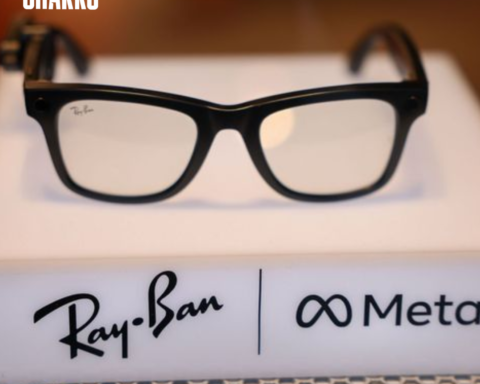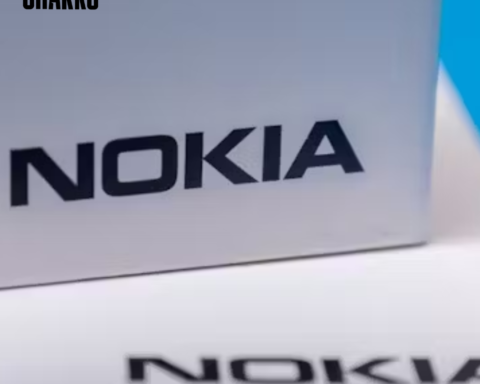Apple iPhone Shipments Decline 10% in March Quarter

Apple Inc. experienced a significant setback in its iPhone shipments in the first quarter of the year, with a notable 10% decline. Despite a broader recovery in the smartphone industry, Apple’s sales faltered, particularly in the crucial Chinese market.
Key Figures:
- Apple shipped 50.1 million iPhones in the first three months of the year, falling short of analyst estimates.
- IDC’s preliminary figures revealed the decline, indicating a challenging period for the Cupertino-based company.
Challenges in China:
- Apple has faced difficulties sustaining sales in China, exacerbated by increased competition from domestic brands like Huawei and Beijing’s ban on foreign devices in certain sectors.
- Huawei’s resurgence with its own chip and operating system has further impacted Apple’s market share in China’s premium segment.
Industry Trends:
- Despite Apple’s struggles, the smartphone market grew, with manufacturers shipping 289.4 million handsets in the quarter.
- Samsung regained the top spot, while budget-focused brands like Transsion saw significant shipment increases.
Impact on Suppliers and Market Sentiment:
- Apple’s decline has ripple effect on its suppliers, with companies like Hon Hai Precision Industry Co. and Murata Manufacturing Co. experiencing a selloff in early trading.
- Broader concerns, including escalating conflict in the Middle East have also influenced market sentiment.
Factors Contributing to Apple’s Decline:
- Increased competition, excess inventory, and aggressive pricing by Chinese competitors contributed to Apple’s decline in the first quarter.
- Apple’s strategy of offering discounts and incentives to boost sales reflects its market challenges.
Consumer Trends and Preferences:
- Consumers increasingly opt for premium models and hold onto their smartphones for longer, increasing average selling prices.
- Despite Apple’s efforts, some consumers are exploring alternatives, including foldable devices from rivals and Huawei’s Mate 60 successor.
Share This
Tony Boyce is a seasoned journalist and editor at Sharks Magazine, where his expertise in business and startups journalism shines through his compelling storytelling and in-depth analysis. With 12 years of experience navigating the intricate world of entrepreneurship and business news, Tony has become a trusted voice for readers seeking insights into the latest trends, strategies, and success stories.























